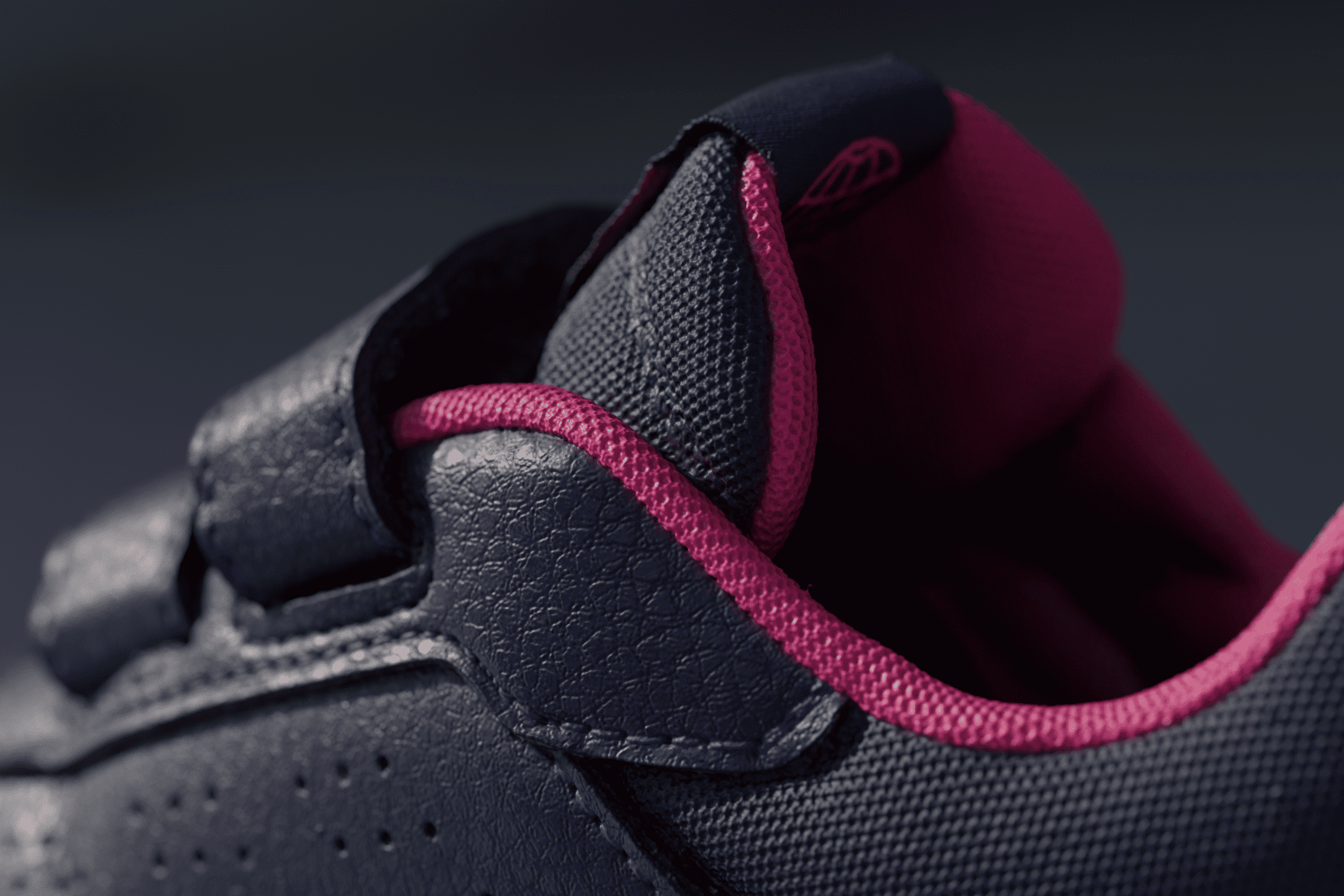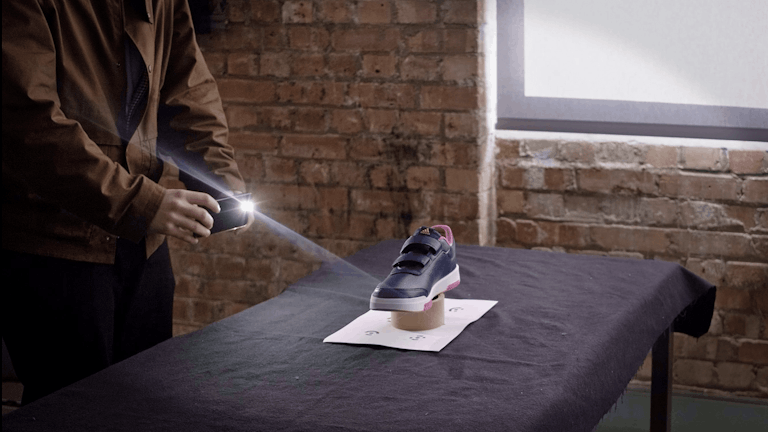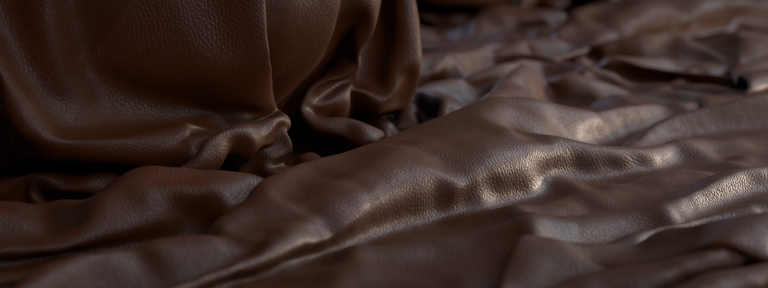
Create Realistic 3D Models with a Smartphone

07/03/2024

Capturing beautiful 3D materials with your smartphone
Up to now, M-XR's pipeline for capturing assets has utilised a variety of professional equipment, consisting of cameras and lights. Recognising the need for a more universal approach to democratise 3D content creation, we designed a method effective across both high-end and low-end technologies. Utilising only cameras and lights has bridged the gap between advanced and basic equipment, enabling anyone with a smartphone to produce high-quality 3D content through flash photography.
Using the same processing software that M-XR uses for professional scans, can now work with data captured using only a smartphone. Last week, we undertook our first ever smartphone scan with a Samsung Galaxy S23, and the results speak for themselves.
How it works
Once you have captured the subject, you then process the data through a photogrammetry application to create a mesh and camera poses. The output of the photogrammetry application and source photography is then read into the M-XR software where the materials are automatically created, it’s that easy.
Use case
Capturing with a smartphone opens up endless possibilities. Allowing anyone to create high-fidelity 3D assets whether they want to create a digital twin of their products, props, or even details and textures on set. We are putting smartphone capture to the test, seeing what is possible and we are also testing the capture material swatches on a phone. Giving creators a solution to produce highly accurate texture maps for their 3D workflow i.e configuring an experience in Unreal, stitching digital garments in CLO, or creating true to life interiors in Maya.

Why is this important?
Conventionally, crafting a high-fidelity asset for use within a render engine has been a time-consuming endeavour. Texturing stands out as a particular task to get right, offering artists two challenging paths: they can either navigate complex photometry setups to deduce material channels or adopt a manual texturing workflow that involves referencing photographs to construct materials, which are then applied to assets by hand.
These approaches result in production pipelines that are manual, slow, and costly. Now, the paradigm has shifted; creators simply need to capture images, and software handles the rest. This development excites us as creators, as it equips everyone with the ability to create. The residual benefit is that the M-XR software produces highly precise and detailed material data. We will to leverage this data to create more professional-grade features for, enhancing the overall quality and efficiency of the production of 3D assets.
Join our waitlist
subscribe for updates
Email Address